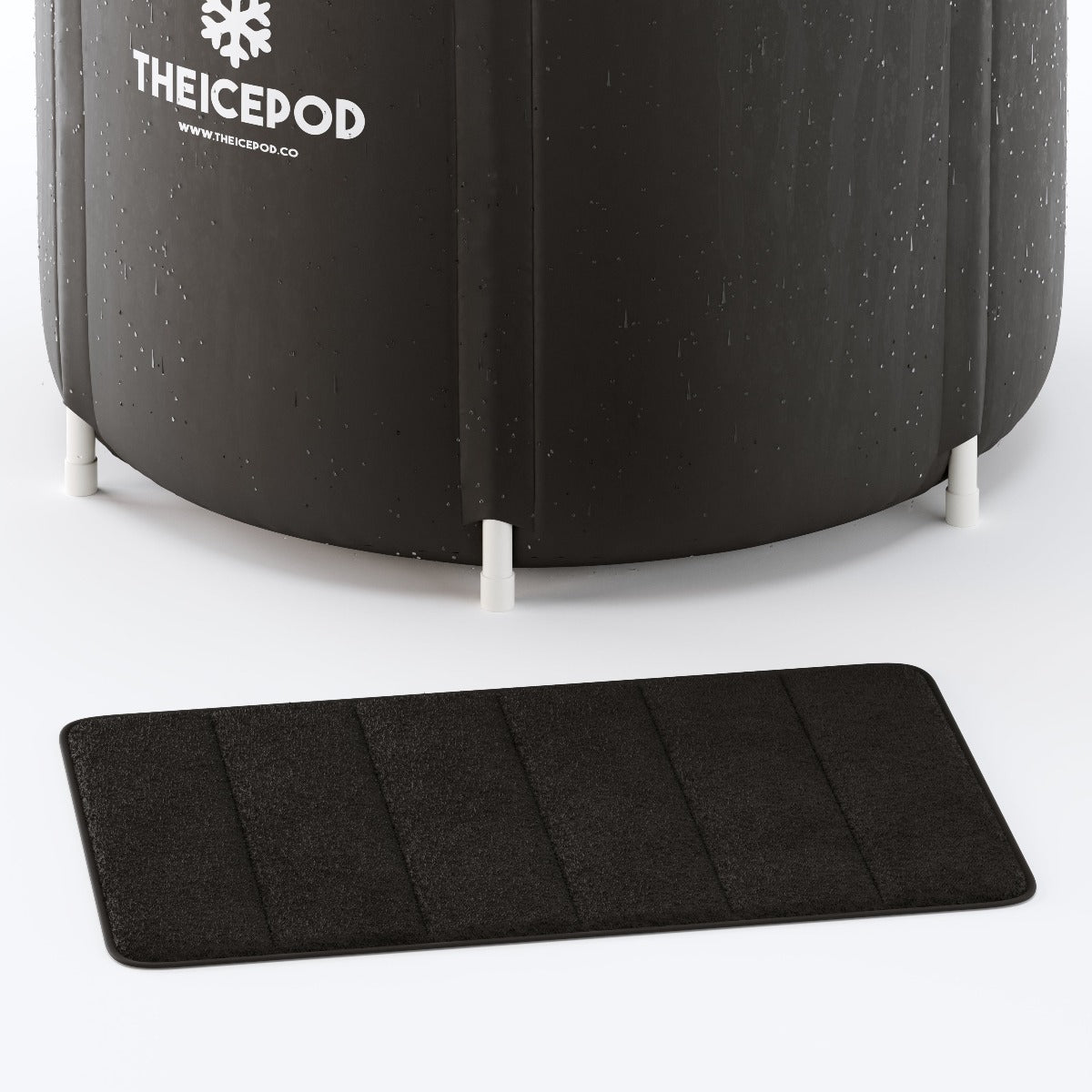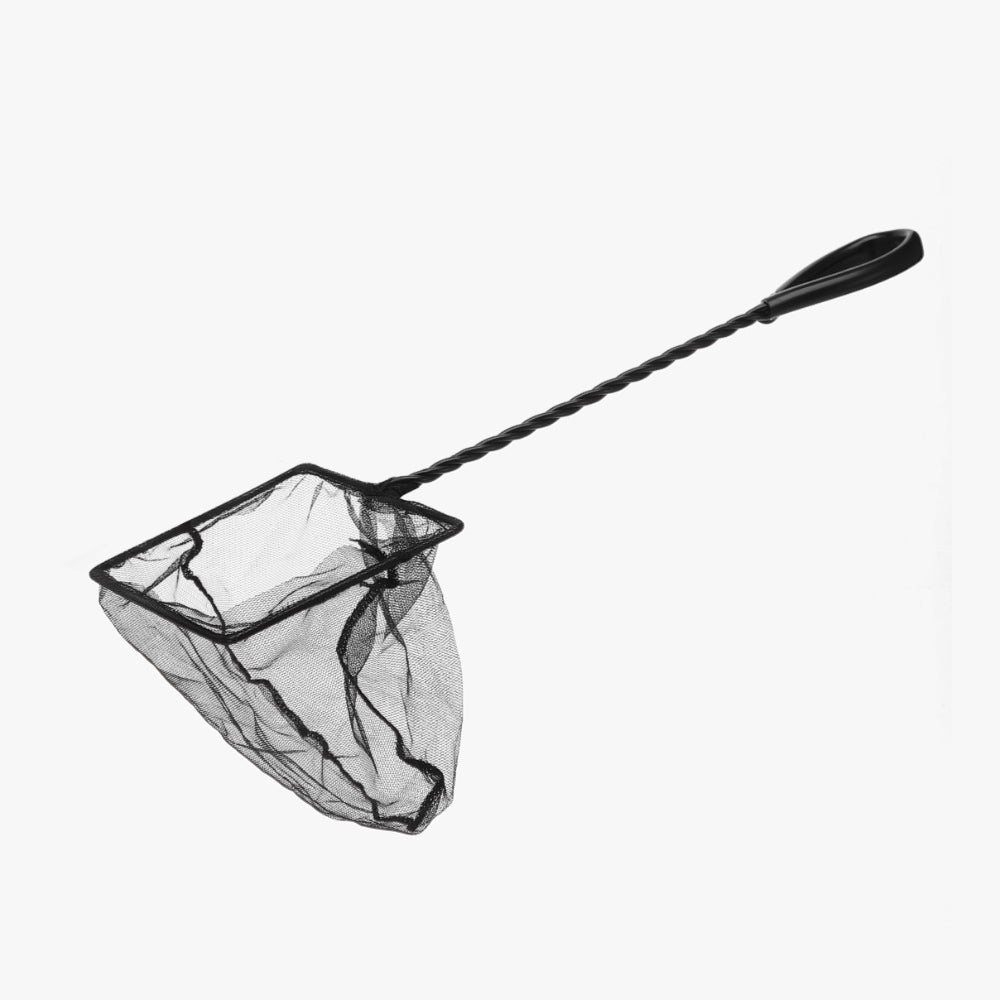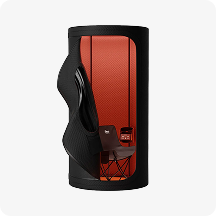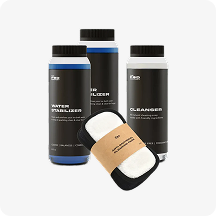Muscle soreness is a common experience, especially after engaging in physical activity. Understanding what muscle soreness is, why it happens, and how to manage it can help improve your workout routine and recovery process. This article delves into the details of muscle soreness, providing valuable insights for fitness enthusiasts and anyone experiencing muscle discomfort.
Understanding Muscle Soreness
Muscle soreness, also known as delayed onset muscle soreness (DOMS), is the discomfort and stiffness felt in muscles several hours to days after unaccustomed or strenuous exercise. It typically peaks around 24 to 72 hours after activity and can last for several days.
What Causes Muscle Soreness?
The primary cause of muscle soreness is the microscopic damage to muscle fibers. When you perform intense physical activity, especially exercises that are new to your routine, your muscles undergo stress. This stress causes tiny tears in the muscle fibers, leading to inflammation and soreness as the muscles repair and strengthen themselves.
Factors Contributing to Muscle Soreness:
- Eccentric Exercises: Movements that lengthen the muscle while it is under tension, such as downhill running or lowering weights, are particularly known to cause muscle soreness.
- Intensity and Duration: High-intensity and prolonged workouts are more likely to cause muscle soreness.
- Lack of Conditioning: Beginners or those returning to exercise after a break are more susceptible to muscle soreness.
Symptoms of Muscle Soreness
Common symptoms of muscle soreness include:
- Muscle Stiffness: Difficulty moving muscles that were engaged in the activity.
- Tenderness: Muscles feel tender to the touch.
- Reduced Range of Motion: Temporary loss of flexibility due to muscle tightness.
- Swelling: Mild swelling in the affected muscles.
- Pain: Dull, aching pain that intensifies with movement.
How Long Does Muscle Soreness Last?
Muscle soreness usually begins within 6 to 12 hours after exercise and peaks around 24 to 72 hours post-activity. The soreness typically subsides within 3 to 5 days. However, the duration can vary based on the intensity of the workout, individual fitness levels, and recovery practices.
Managing and Reducing Muscle Soreness
While muscle soreness is a natural part of muscle growth and adaptation, there are ways to manage and reduce its impact:
- Active Recovery: Engage in low-intensity activities such as walking or gentle stretching to increase blood flow and promote healing.
- Hydration: Drink plenty of water to help flush out toxins and support muscle recovery.
- Proper Nutrition: Consuming a balanced diet rich in proteins and antioxidants can aid in muscle repair.
- Massage Therapy: Massaging the sore muscles can help reduce stiffness and improve circulation.
- Rest: Allow your muscles adequate time to recover before engaging in intense activities again.
- Cold Therapy: Using ice baths, such as those offered by The Pod Company’s Ice Pods, can help reduce inflammation and numb sore muscles, accelerating recovery.
When to Seek Medical Advice
While muscle soreness is generally harmless, certain symptoms may indicate a more serious condition. Seek medical advice if you experience:
- Severe Pain: Pain that is intolerable and does not improve with rest.
- Swelling and Redness: Significant swelling, redness, or warmth around the muscle.
- Persistent Weakness: Persistent muscle weakness or loss of function.
Conclusion
Muscle soreness is a common and natural response to physical activity, particularly when trying new exercises or increasing workout intensity. Understanding its causes, symptoms, and management techniques can help you navigate through the discomfort and enhance your fitness journey. Remember, while muscle soreness is a sign of progress, it’s important to listen to your body and allow adequate recovery to prevent injury.
Using tools like The Pod Company’s Ice Pods can provide effective relief and support your recovery process, helping you get back to your workouts faster and stronger.

































